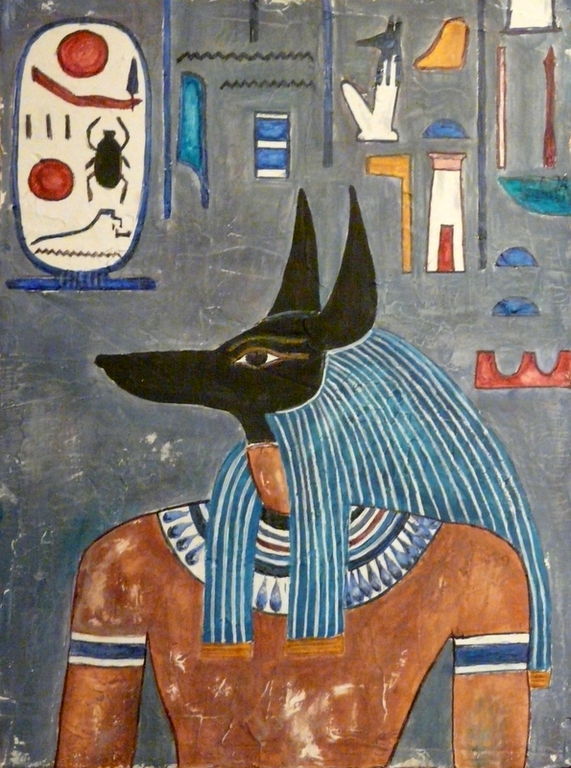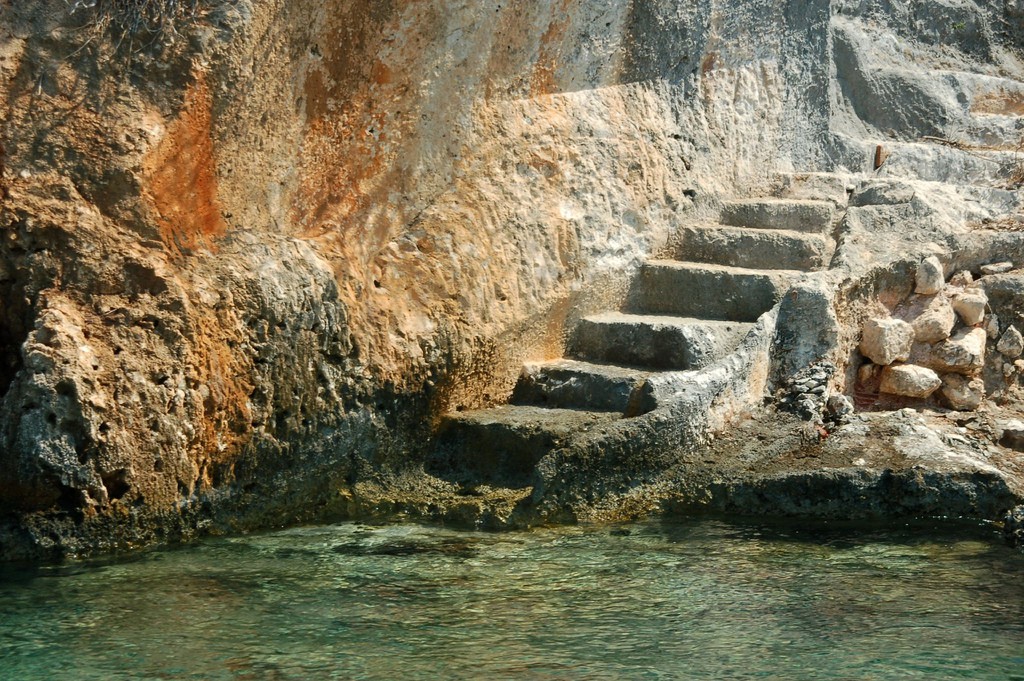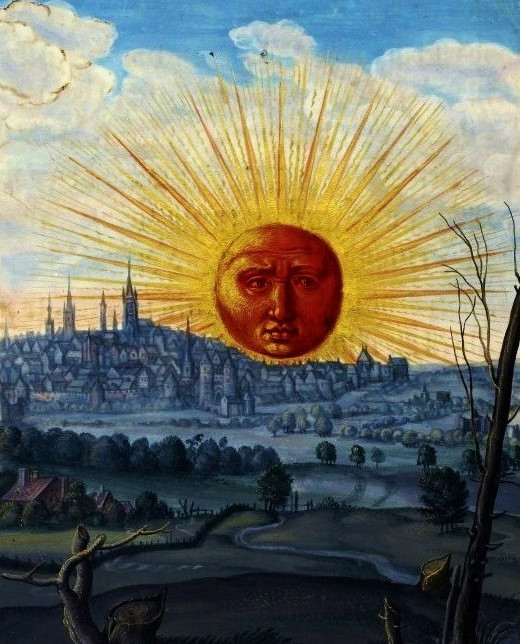727
729
731
Snake. Place of origin: South Germany or North Italy. Date: late 16th century-early 17th century. Medium: Bronze. Source: wallacelive.wallacecollection.org
732
737
739
Roman Mosaic Floor with Medusa, c.115-150 AD. Source: #GettyMuseum
743
744
745
746
747
748
749
750



























